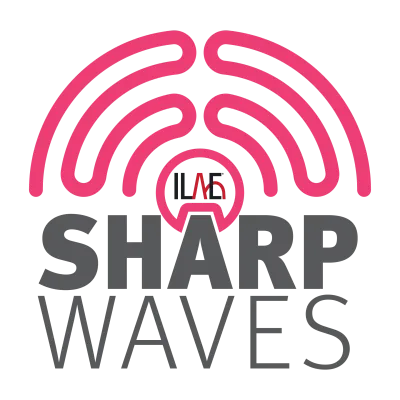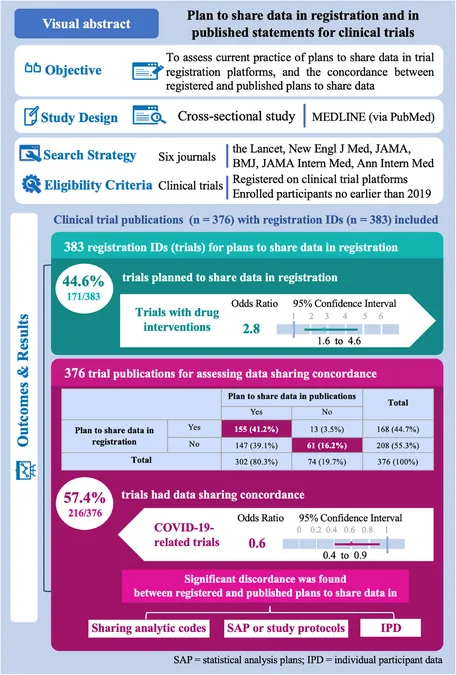
Revolutionizing Epilepsy Care: The Game-Changing Update to Seizure Classification
2025-08-18
Author: Mei
A New Era in Seizure Classification
In a groundbreaking development for the epilepsy community, the International League Against Epilepsy (ILAEs) has released an updated seizure classification framework, as detailed in the April 2025 issue of *Epilepsia*. This fresh classification marks a significant evolution from the previous 2017 framework, with a goal to improve clarity, usability, and global adoption.
Why a Change Was Necessary?
The 2017 classification system, while comprehensive, proved to be cumbersome in practice. According to Dr. Sandor Beniczky, head of the clinical neurophysiology department at the Danish Epilepsy Center and chair of the working group, the need for an update became evident as the previous classification was not broadly tested in clinical settings. Adjustments were anticipated to enhance ease of use and effectiveness, particularly in epilepsy monitoring units.
Streamlined and Flexible Framework
The newly revised framework has reduced the number of seizure types from 63 to just 21, making it far more user-friendly. This simplification is paired with the introduction of descriptors, which enhance understanding of individual seizures without complicating the core classification system. This flexibility is particularly useful in specialized settings, providing more detailed context as required.
Defining Classifiers vs. Descriptors
Understanding terms is crucial for effective classification. Classifiers directly impact patient management and treatment decisions, such as diagnosing different epilepsy syndromes. In contrast, descriptors highlight features of seizures that can support management but do not determine the fundamental type of seizure. For example, 'consciousness' and 'impairment of consciousness' are classifiers, while details like specific seizure symptoms serve as descriptors.
Simplifying the Language of Seizures
An important aspect of the update is the removal of outdated terms like ‘onset’ from the four main seizure classes. This adjustment clarifies the classification framework and aligns with evidence suggesting that many generalized seizures begin with focal characteristics, avoiding potential misdiagnosis.



 Brasil (PT)
Brasil (PT)
 Canada (EN)
Canada (EN)
 Chile (ES)
Chile (ES)
 Česko (CS)
Česko (CS)
 대한민국 (KO)
대한민국 (KO)
 España (ES)
España (ES)
 France (FR)
France (FR)
 Hong Kong (EN)
Hong Kong (EN)
 Italia (IT)
Italia (IT)
 日本 (JA)
日本 (JA)
 Magyarország (HU)
Magyarország (HU)
 Norge (NO)
Norge (NO)
 Polska (PL)
Polska (PL)
 Schweiz (DE)
Schweiz (DE)
 Singapore (EN)
Singapore (EN)
 Sverige (SV)
Sverige (SV)
 Suomi (FI)
Suomi (FI)
 Türkiye (TR)
Türkiye (TR)
 الإمارات العربية المتحدة (AR)
الإمارات العربية المتحدة (AR)